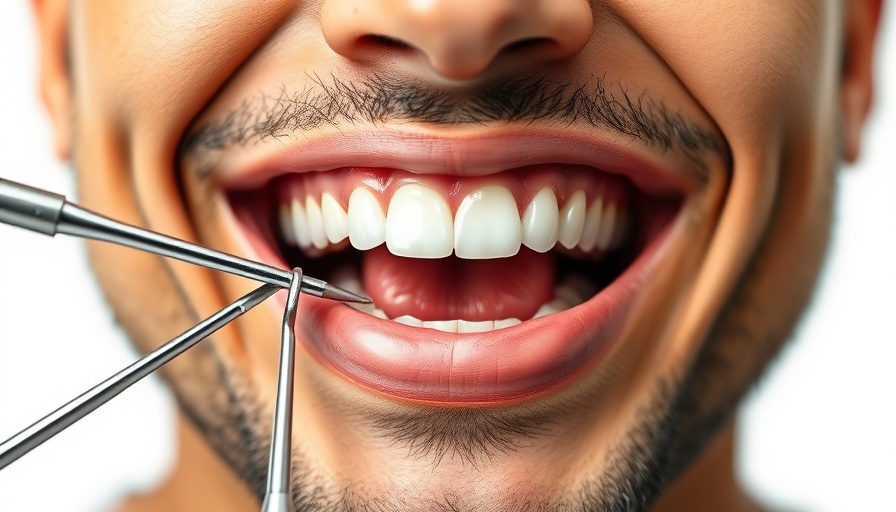
Unlocking the Connection: Oral Hygiene and Stroke Prevention
When you think about oral hygiene, your mind might immediately jump to bright smiles and fresh breath, but recent research is uncovering a deeper layer of importance—protecting your health. A study highlighted that a simple act like flossing can significantly lower the risk of stroke, a condition that impacts millions globally.
The Surprising Impact of Flossing
In a groundbreaking study led by Dr. Souvik Sen, researchers analyzed the flossing practices of over 6,000 individuals over a span of 25 years. The findings revealed that those who regularly incorporated flossing into their oral care routine could reduce their chances of experiencing an ischemic stroke by 22%. Even more impressive, the risk of cardioembolic stroke could be cut by 44%. What makes this study so compelling is that these benefits were observed independently of other oral care practices such as brushing and regular dental visits.
Understanding the Science Behind Flossing
So how exactly does flossing play a role in stroke prevention? The link lies in inflammation and oral infections. Poor oral hygiene often leads to these issues, which can contribute to artery hardening—a key factor in strokes. By regularly flossing, one could hypothetically lower the risk of these conditions, promoting healthier arteries and reducing overall health risks.
Oral Health's Broader Implications
The significance of oral health transcends individual wellness, impacting global health statistics considerably. As of 2022, untreated oral diseases were reported to affect 3.5 billion people, making it evident that education on proper oral care practices is critical. If the simple habit of flossing can lead to significant health benefits, imagine what other everyday practices could achieve!
The Ripple Effect: Fostering Healthy Habits
Incorporating flossing into daily life sets the stage for a broader lifestyle overhaul. As you engage in flossing regularly, it's likely that you'll naturally gravitate towards other healthy habits. This holistic approach to well-being is beneficial not only for your teeth but for your overall health, thereby cultivating a lifestyle rich in preventive measures.
What This Means for You: Easy Steps for a Healthier Life
Starting with a small change like flossing at least once a week may seem trivial, but the long-term benefits could be monumental. Not only can it reduce your stroke risk, but it can also promote healthier teeth and gums. This affordable and accessible practice is something everyone can embrace, irrespective of their socioeconomic status.
Looking Ahead: Future Health Trends
There’s no doubt that research like this will continue to ignite discussions around preventive health strategies. As public health experts delve deeper into the connection between oral hygiene and systemic health conditions, we can expect to see new guidelines and recommendations that prioritize oral health as a significant factor in the prevention of chronic diseases.
Conclusion: The Power of Simplicity in Health
The research shared by Dr. Sen serves as a powerful reminder: even the simplest habits can have profound health implications. Making a commitment to floss regularly not only benefits your mouth but also your heart and overall health. By empowering ourselves with knowledge and action, we can choose to embrace healthier lifestyles one small habit at a time.
 Add Row
Add Row  Add
Add 



Write A Comment